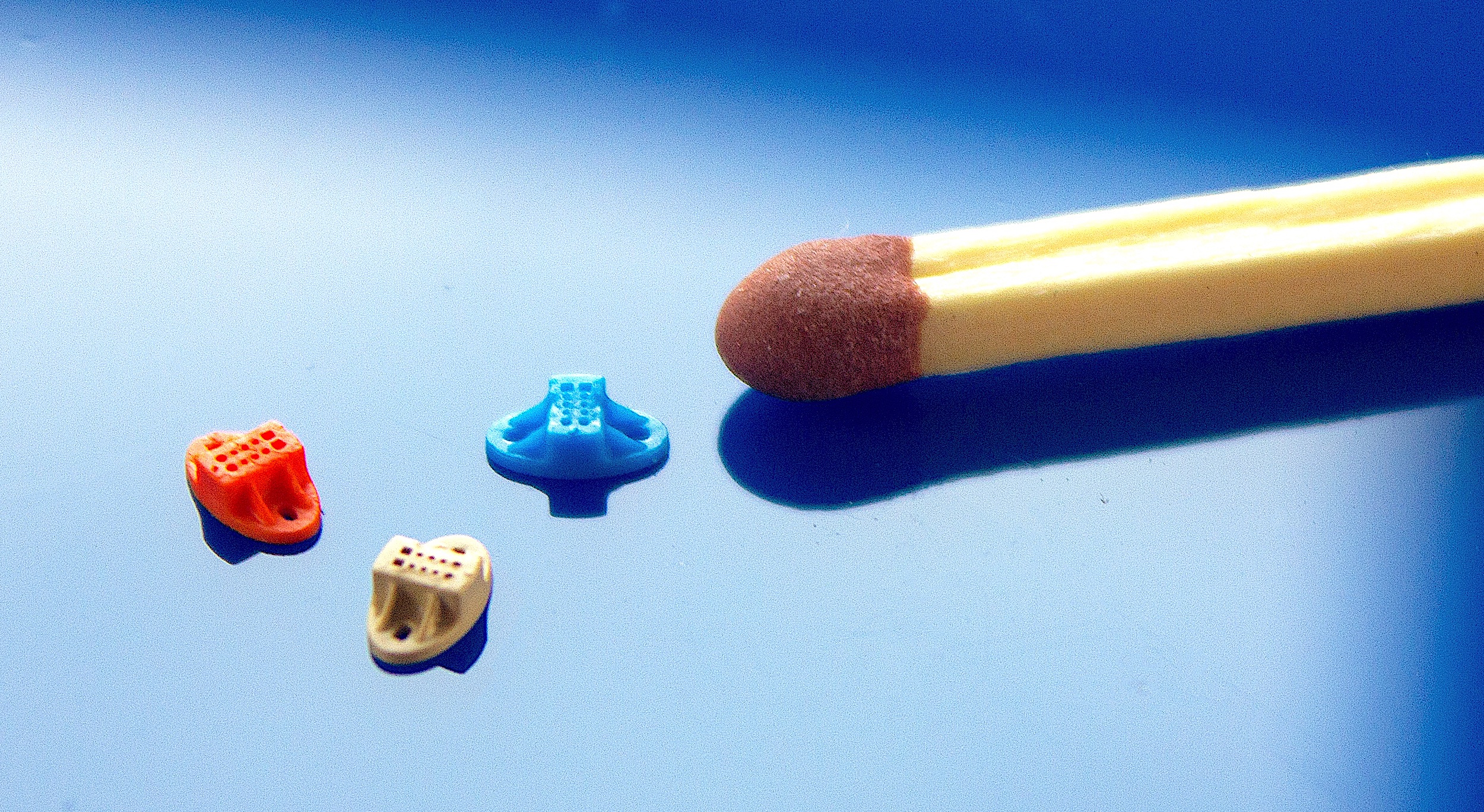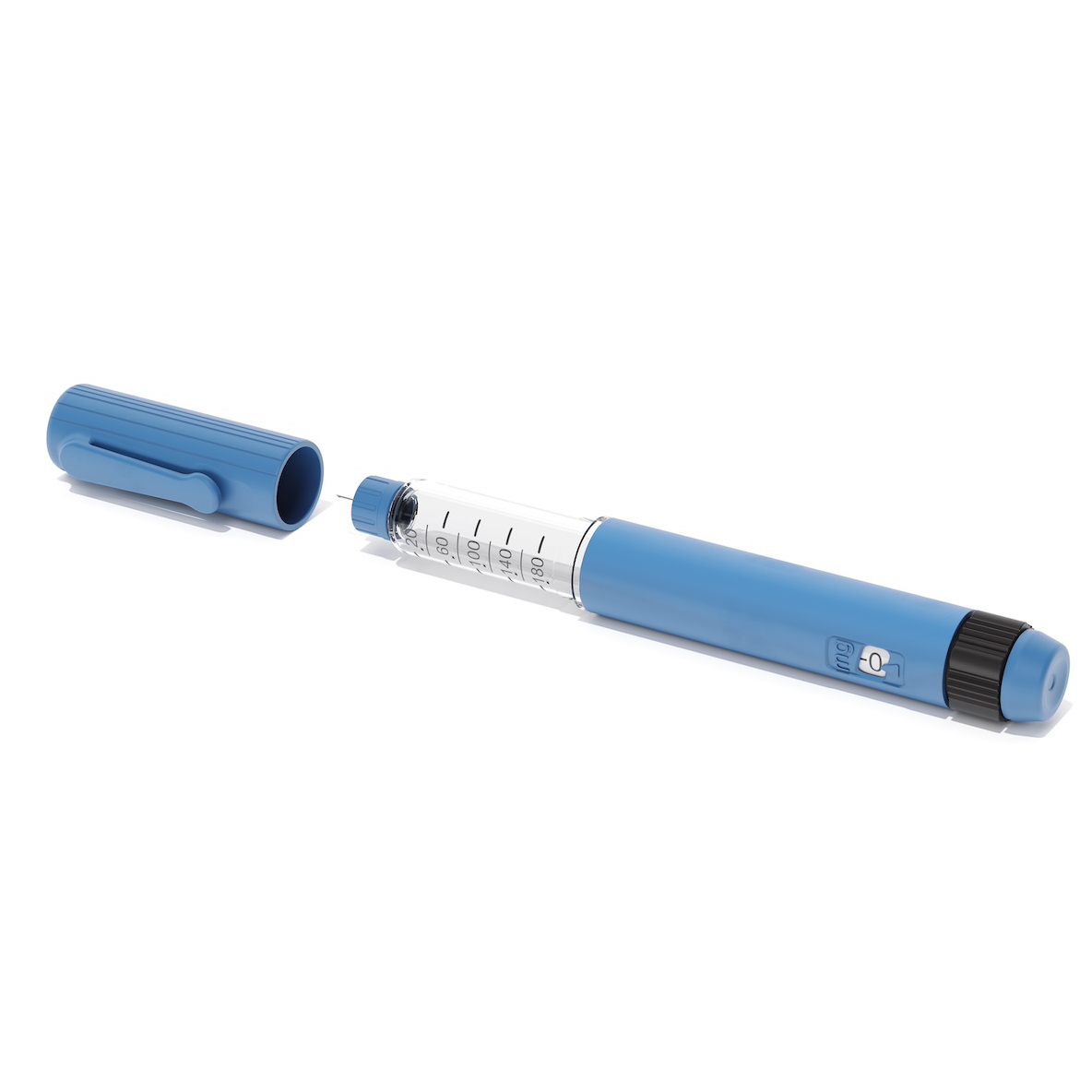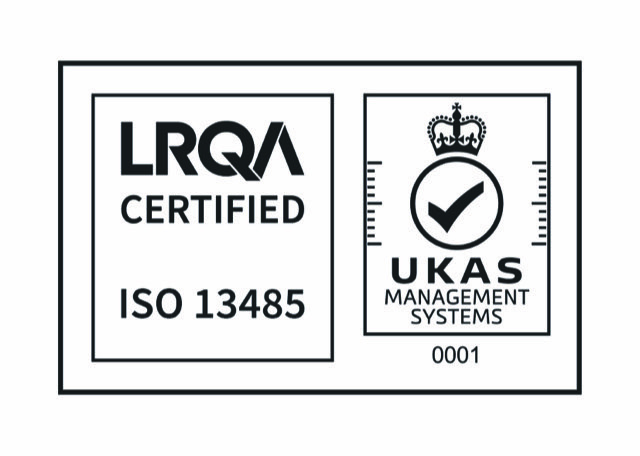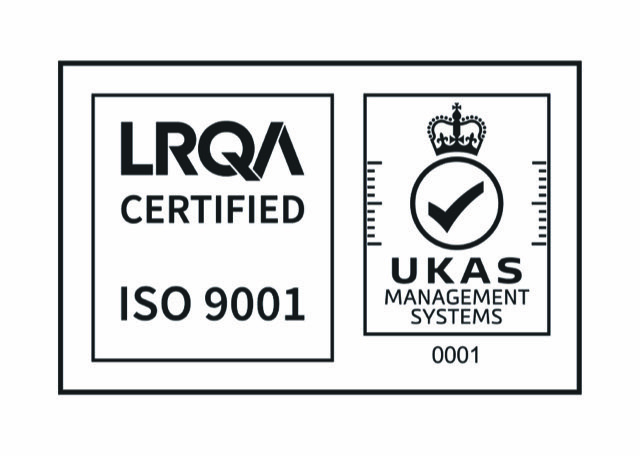The history of Plastic Injection Moulding
Since its inception in the late 1800s, plastic injection moulding has experienced consistent expansion. These days, plastic injection moulding is in charge of producing goods for every sector of the economy, including the medical, automotive, electronic, and home appliance sectors, with products range from buttons to aerospace components. These technical achievements have been made possible by the advancement of plastic injection moulding, which provides high-quality, reasonably priced solutions. They have made it possible for producers to produce plastic that is both economically feasible and useful for a variety of purposes, enabling them to supply premium goods to households all over the world.
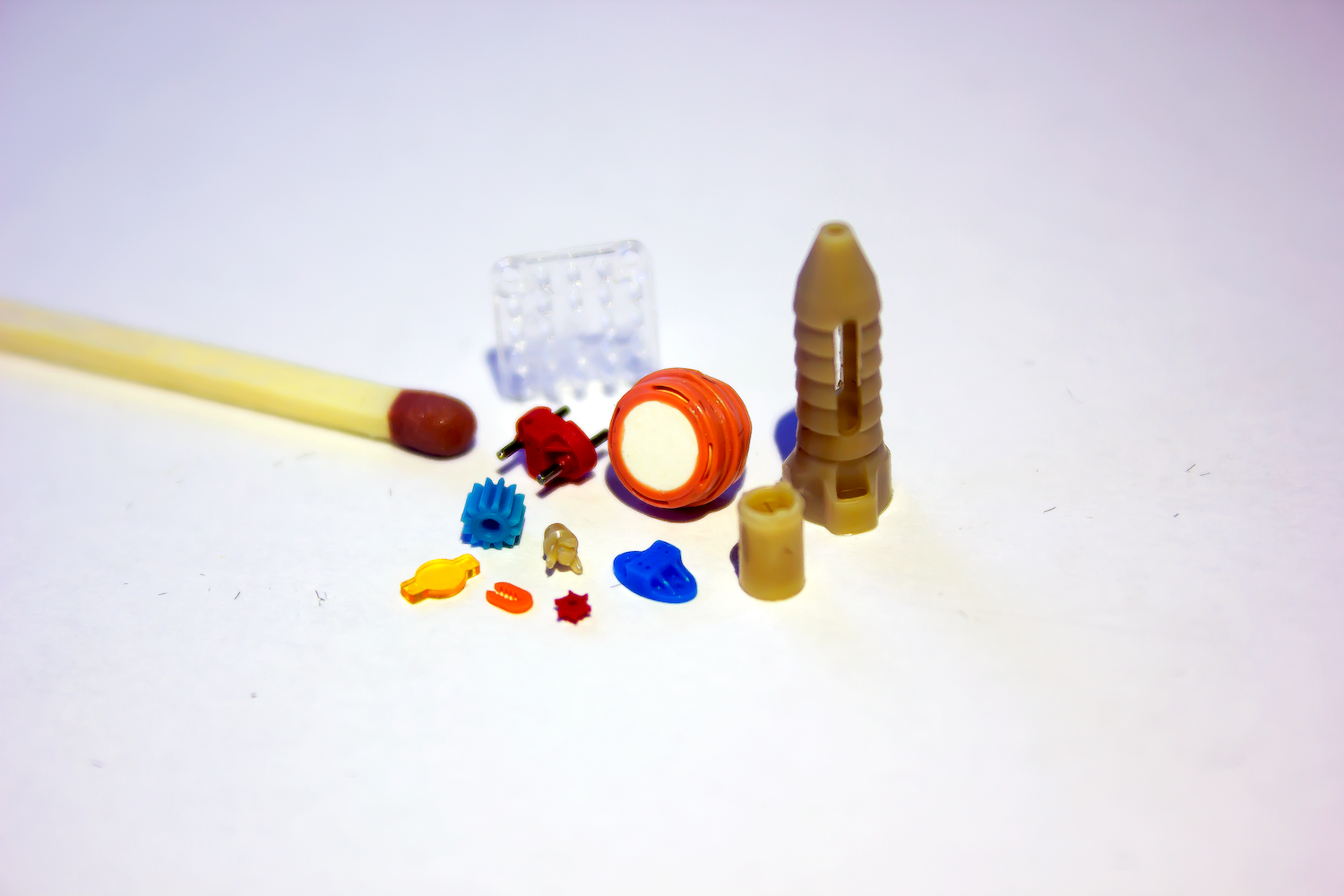
Photo: Plastic Injection Molding method can help manufacturing a variety of plastic products (Source: Micro Systems)
The beginning of Plastic Injection Moulding
The invention of plastic injection moulding dates back to the late 1800s, when two brothers named John and Isaiah Hyatt received the first patent for the first moulding machine in 1872. It had a simple plunger inside that injected the plastic mixture into the mould by way of a heated cylinder. Even though the gadget was basic by today’s standards, it soon spurred the development of a fledgling plastic manufacturing sector that produced simple plastic items like buttons, combs, and other items.
Two German scientists named Arthur Eichengrun and Theodore Becker produced soluble cellulose acetate in 1903; this type of cellulose acetate was far less combustible than its predecessors. Although many people remember the 1930s as a dismal period, the plastics manufacturing sector saw breakthroughs throughout this decade. During this period, a number of the most widely used thermoplastics were developed, including polyolefins, polystyrene, and polyvinyl chloride (PVC).
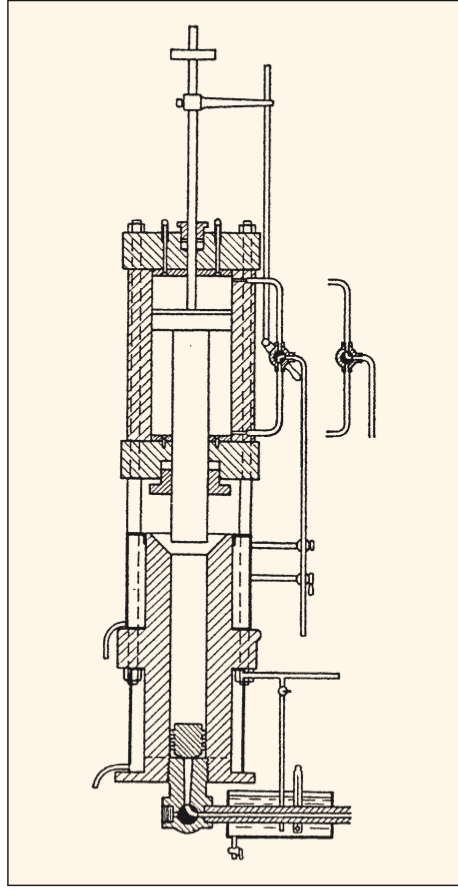
Photo: The Hyatt brothers filed a patent application for an injection machine including a steam-heated barrel and a hydraulically operated plunger (Bock, D.: Der SpritzgieBmaschinenbau der DDR. Selbstverlag, 2004. Laeis, M.E.: Der SpritzguB thermoplastischer Massen. Carl Hanser Verlag, Munchen, Wien, 1956)
Plastic Injection Moulding and World War Two
During World War II, enormous amounts of raw resources were used in the development of military technologies, such as tanks, aeroplanes, marine battleships, and other weapons. The post-World War II industrial boom in many industrialised Western nations was accompanied by a sharp increase in the need for reasonably priced materials that could be utilised to manufacture parts in large quantities. This was mostly caused by the way the war closed down international transportation lines and necessitated the massive exploitation of natural resources to build ships, tanks, and other wartime necessities, which resulted in a global shortage of metal and rubber.
Part of the reason for this need after World War II was a paucity of materials. For instance, strikes on trade channels and the war spanning Asia interrupted the manufacturing of rubber. Metal was highly sought after for use in tanks and other military uses. Plastics filled the void by offering a reasonably priced replacement. Plastic injection moulding gained popularity along with plastics over time, with the main factor contributing to its efficacy in this age was its large-scale, economical, and efficient manufacture.
The extrusion screw injection machine developed by James Watson Hendry in 1946 completely changed the world of plastic injection moulding today. The operator had more control over the production process because of the machine’s revolving screw, which significantly raised the injection-moulded components’ quality. Hendry went on to create the first gas-assisted injection moulding method, a crucial breakthrough that made it possible to produce hollow, lengthy, and intricate objects. In the 1970s, plastic output surpassed that of steel due to materials offering greater strength at lower weight. Aluminium moulds, a quicker and less expensive alternative to steel moulds for manufacture, gained popularity in 1990. Hendry holds a significant position in the annals of manufacturing history. Plastic injection moulding might not be as sophisticated now without his discoveries.

Photo: Hendry extrusion screw injection machine (Source: the Internet)
In the years following World War II, plastics continued to be in style. Business executives reevaluated worldwide supply systems and deeply ingrained plastics into the economy and manufacturing processes of the mid-20th century as they realised the enormous cost advantages over competing materials.
Plastic Injection Moulding today
These days, plastic injection moulding serves a wide range of businesses, including the medical industry and automakers. In these industries, the materials with excellent resistance, reliability, and cost-efficiency have outperformed traditional materials. It has never been easier or faster to get from prototyping to full-scale manufacturing because of technological breakthroughs in technology and computer-aided design procedures. In addition, advanced technologies in plastic injection moulding are also taking the whole industry to new heights. For example, a new technique that uses the principles of injection moulding at a small size is micro-injection moulding. In the world of medical device production, this is particularly interesting since product teams may be able to use the technology to create smaller device assemblies that may carry out potentially life-saving treatments with less intrusive techniques and instruments. Furthermore, with the sustainability movement, the need for environmentally friendly injection moulding materials is rising. While it is possible to recover and reuse the majority of thermoplastics by simply melting and re-integrating them, proponents of sustainability are pushing for more aggressive objectives. Manufacturers are creating and using materials with reduced or no thermoplastic content thanks to innovative thinking. These materials include next-generation plant-based polymers made of maize and flax.
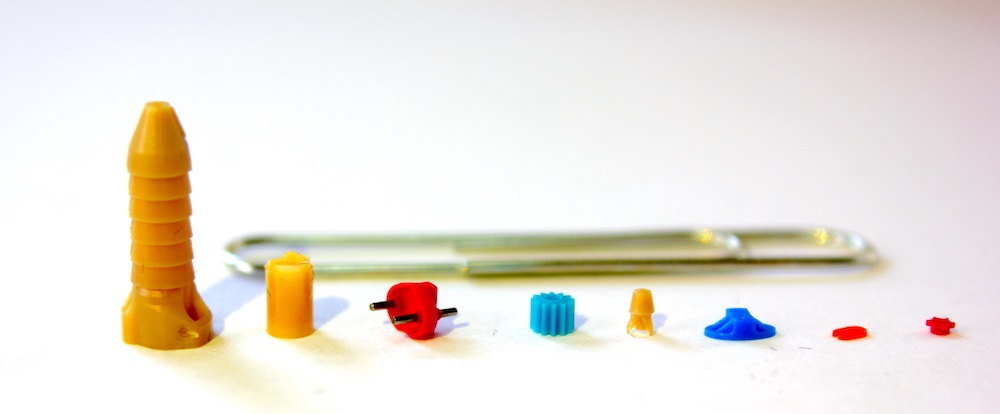
Photo: Micro injection moulded parts manufactured by Micro Systems
A crucial method for contemporary manufacturing, injection moulding enables producers to create large volumes of consistently high-quality parts. For more than 20 years, Micro Systems has been refining bespoke plastic injection moulding procedures and embracing industry developments. We are a reputable business in the UK and Singapore with the capacity to manufacture various quantities of plastic moulded components, catering to both domestic and foreign markets. With our team of experts in engineering, designing and manufacturing, Micro Systems is one of the leading mould tooling providers and injection moulders, with breakthroughs in ultra-precision moulds and micro injection moulding.
Contact us today to discuss your plastic injection moulding project!

